Cluny... here we are (Part 8)
This visit to Cluny Abbey was impressive. The model of the site as it was in the 18th century already gives a good idea of how massive the place used to be. We also saw the great cloister, rebuilt in the 18th century, along with part of the convent buildings still standing.
We came across a Merovingian sarcophagus from the 6th century, found near the south transept of the church known as Cluny II. It's wild to see something that old still in such good shape.
All in all, it’s definitely a visit worth making, especially if you’re into history or just like peaceful places full of the past.
Cette visite de l’abbaye de Cluny, est impressionnante. La maquette du site tel qu'il était au XVIIIème siècle donne déjà une bonne idée de la taille énorme du lieu à l’époque. On a aussi vu le grand cloître, reconstruit au XVIIIème, avec une partie des bâtiments conventuels encore debout.
On est tombés sur un sarcophage mérovingien du VIème siècle, retrouvé près du transept sud de l’église appelée Cluny II. C’est fou de voir un truc aussi ancien encore en bon état.
Bref, une visite qui vaut vraiment le coup, surtout si on aime l’histoire ou juste les endroits calmes et chargés de passé.

Cluny – Great Cloister of the abbey, as it was rebuilt in the 18th century, along with part of the convent buildings. In the background, the Clock Tower is also visible.
Cluny - Grand Cloître de l'abbaye, tel qu'il a été reconstruit au XVIIIème siècle, et une partie des bâtiments conventuels. Au fond, on distingue également la tour de l'Horloge.
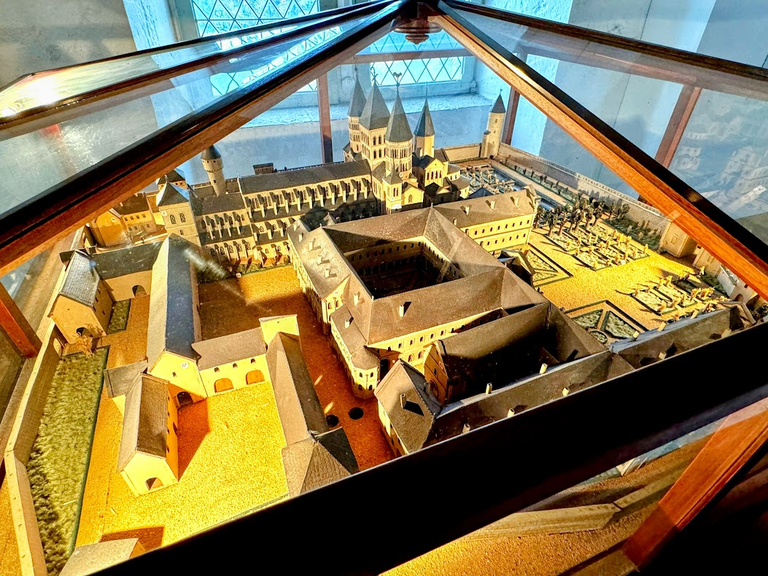
Cluny – Model of the abbey in the 18th century.
Cluny - Maquette de l'abbaye au 18ème siècle.
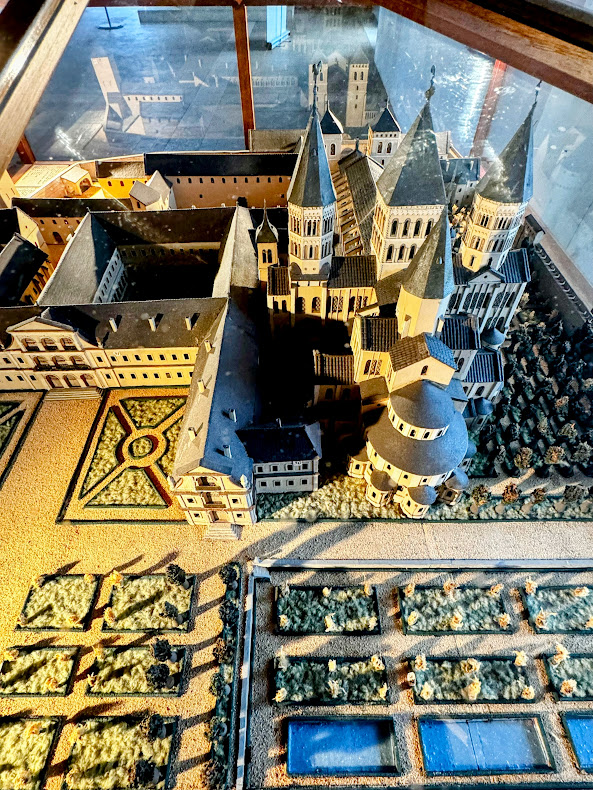
Cluny – This model gives an initial idea of the immensity of the abbey.
Cluny - Cette maquette donne une première idée de l'immensité de l'abbaye.
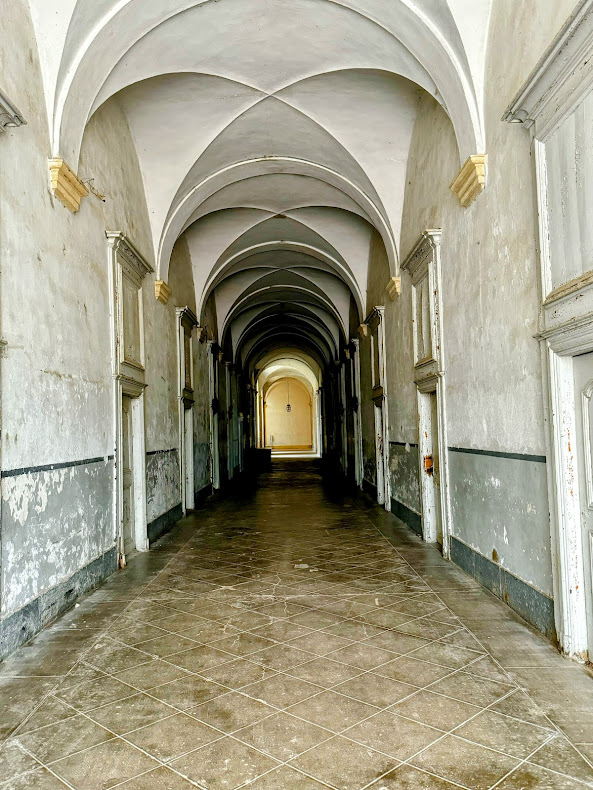
Cluny – The vaulted corridor ceilings.
Cluny - Les voûtes du couloir.
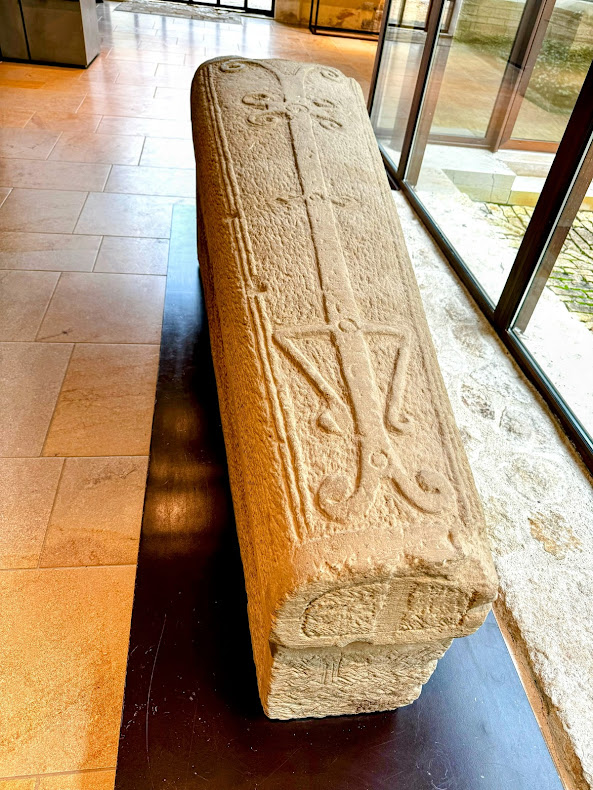
Cluny – Merovingian sarcophagus (late 6th century). It was discovered near the south transept of the abbey church from 981, known as Cluny II.
Cluny - Sarcophage mérovingien (Fin VIème siècle). Il a été découvert près du transept sud de l'église abbatiale de 981 dite Cluny II.
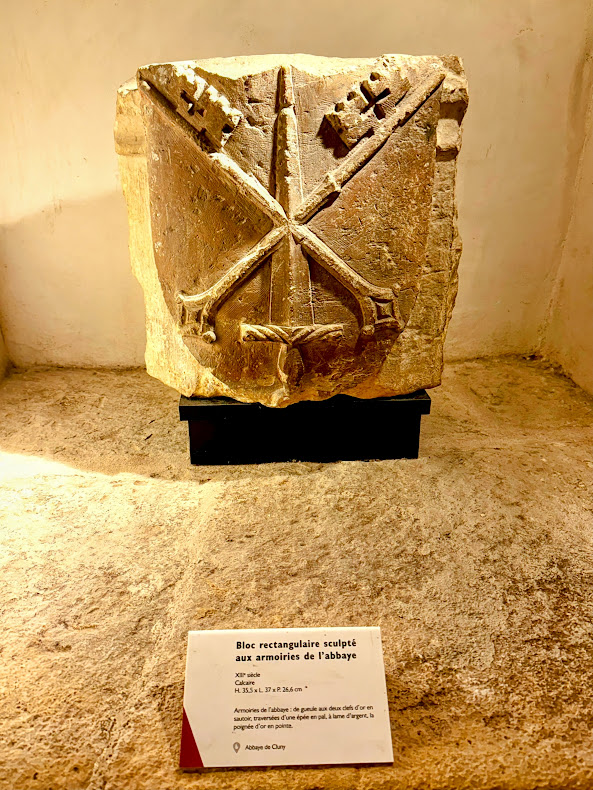
Cluny – Rectangular carved block bearing the abbey’s coat of arms.
Cluny - Bloc rectangulaire sculpté aux armoiries de l'abbaye.
For those who haven't seen Part 7 / Pour ceux qui n'ont pas vu la partie 7 : https://peakd.com/hive-189591/@iptrucs/cluny-here-we-are-part-7
My Photos on Instagram
Mes photos sur Instagram
To be continued...
A suivre ...
Oui cela devait être pas mal impressionnant à l'époque. C'est encore le cas...
Passe une bonne journée
!PIZZA
On a du mal à imaginer ce que cela pouvait être à l'époque. C'est déjà très impressionnant alors même qu'il ne reste qu'une toute petite partie de l'édifice d'origine. Bonne journée à toi.
$PIZZA slices delivered:
@heroldius(3/5) tipped @iptrucs
Come get MOONed!
!HUG
Your post has been manually reviewed for curation by the Principality of Bastion.
Principality of Bastion - Our Leit Motiv? Let's Grow Together.
Principality's site | Minava NFT Market | Discord | Our Twitch Channel
You may TRAIL this account (or @hive-143869) if you like the curation we do, or join our discord to know more about what we do.
Comment readers : Your post can be curated too using #BASTION to interact with our community or #FR if you speak French.